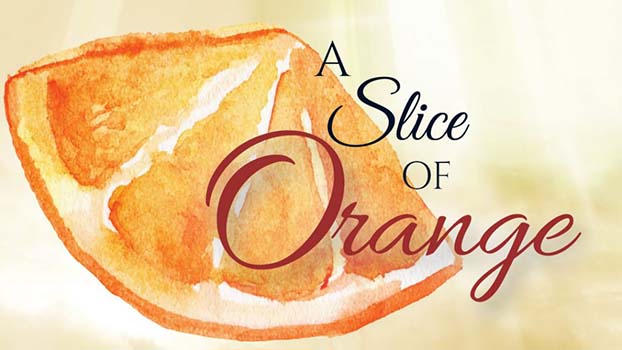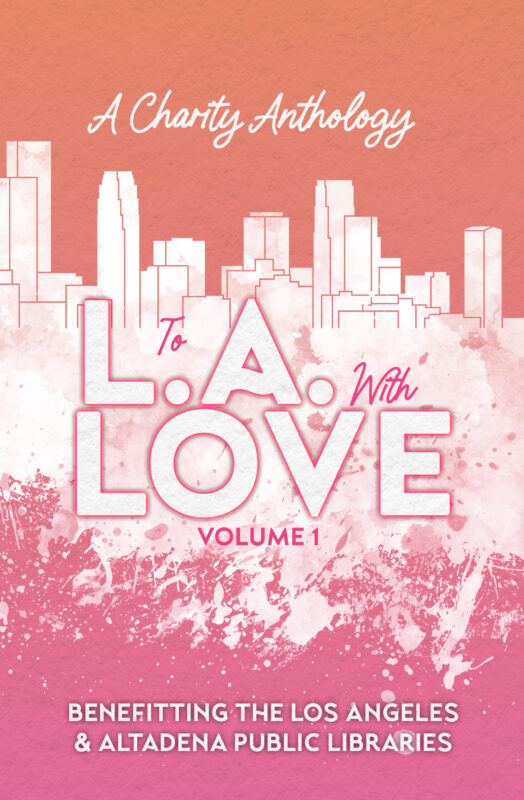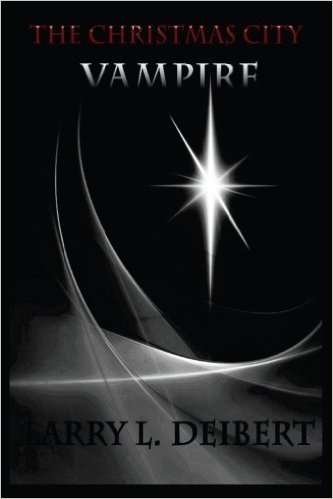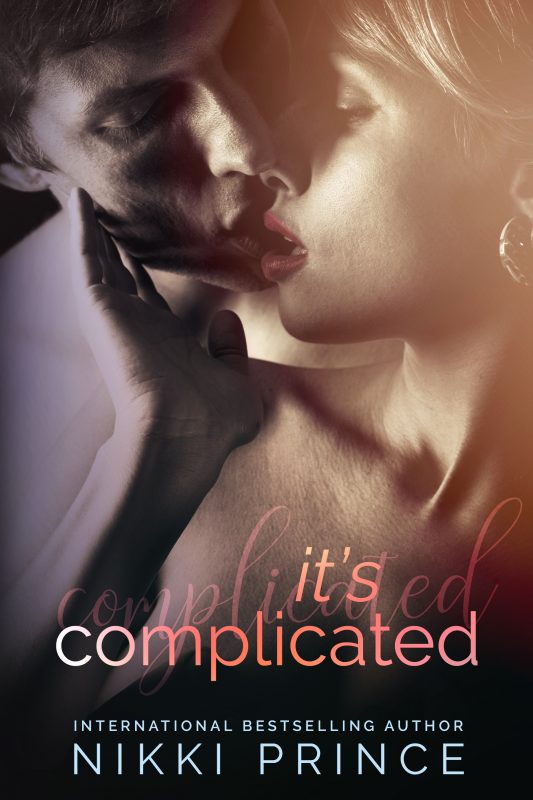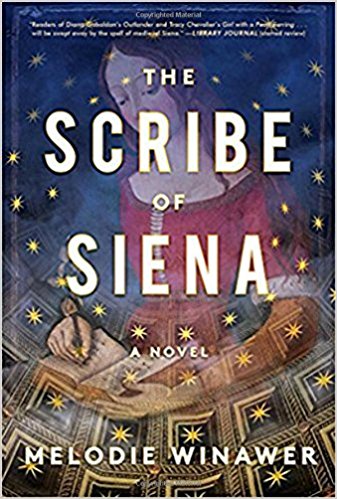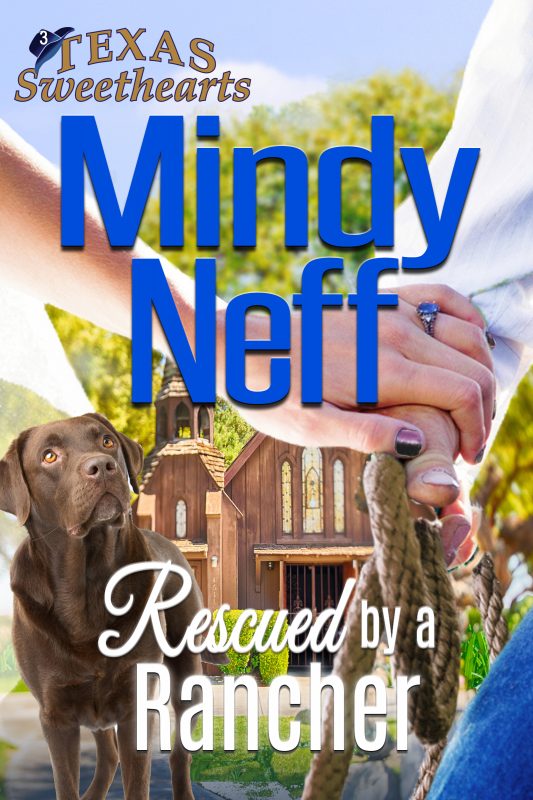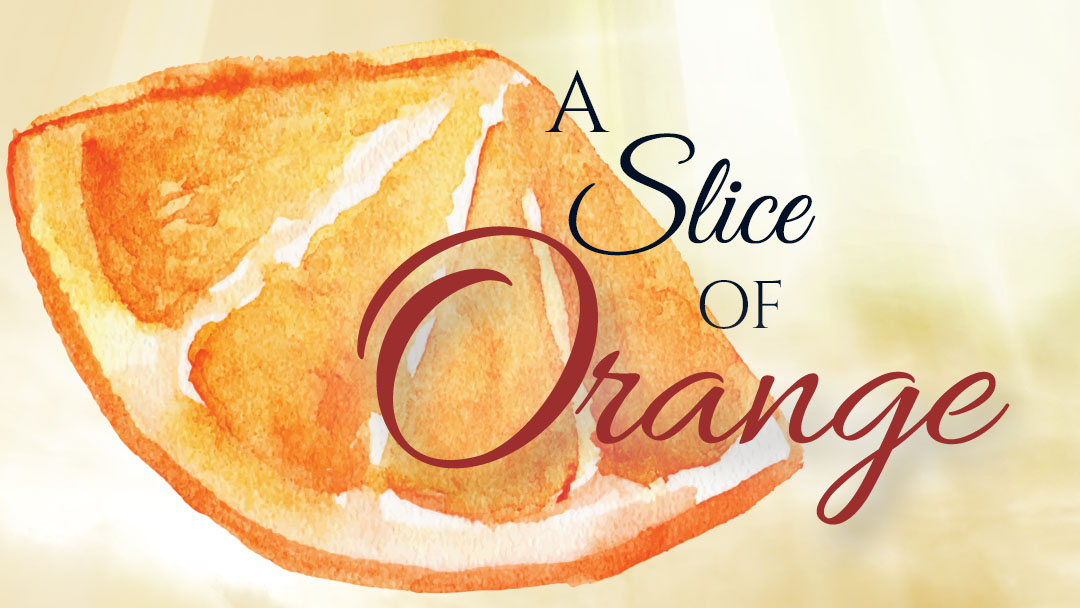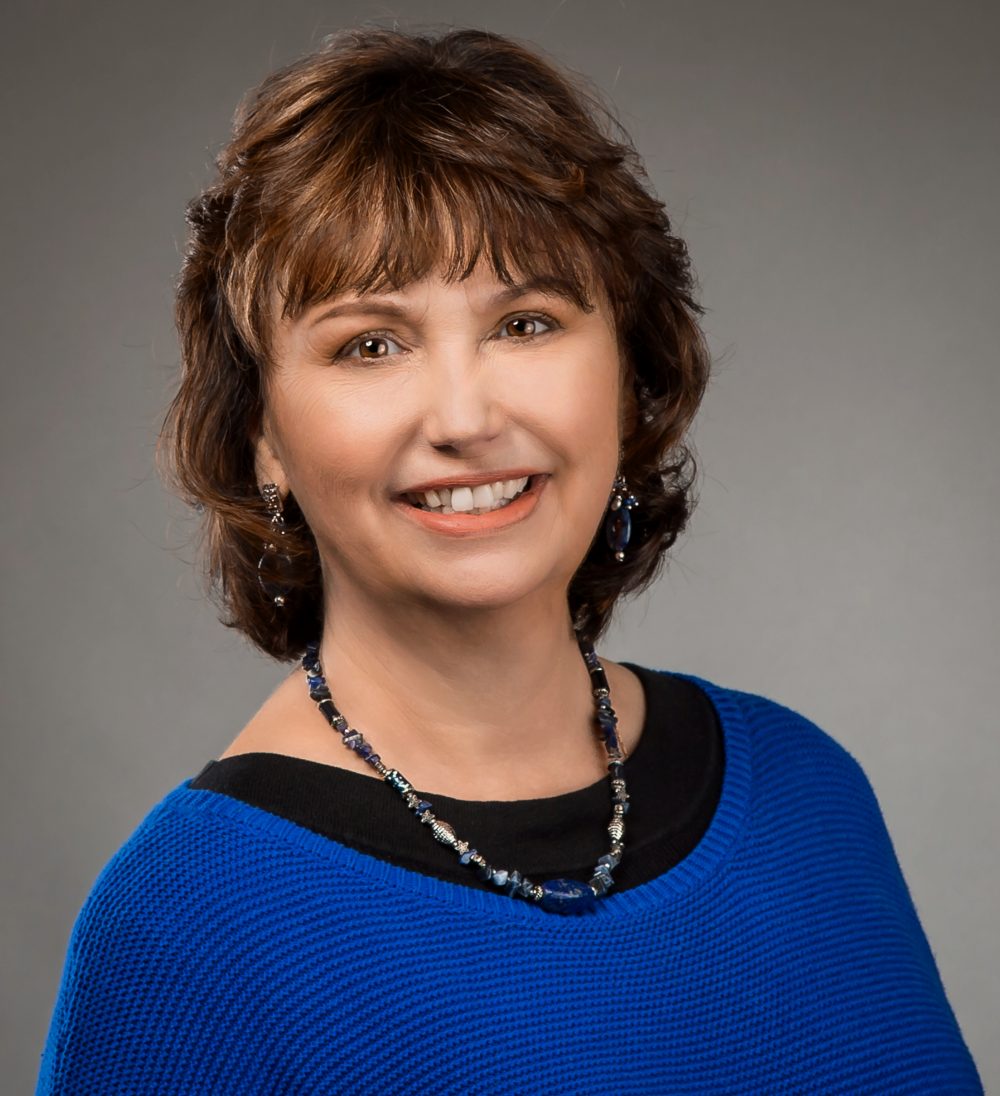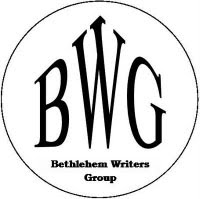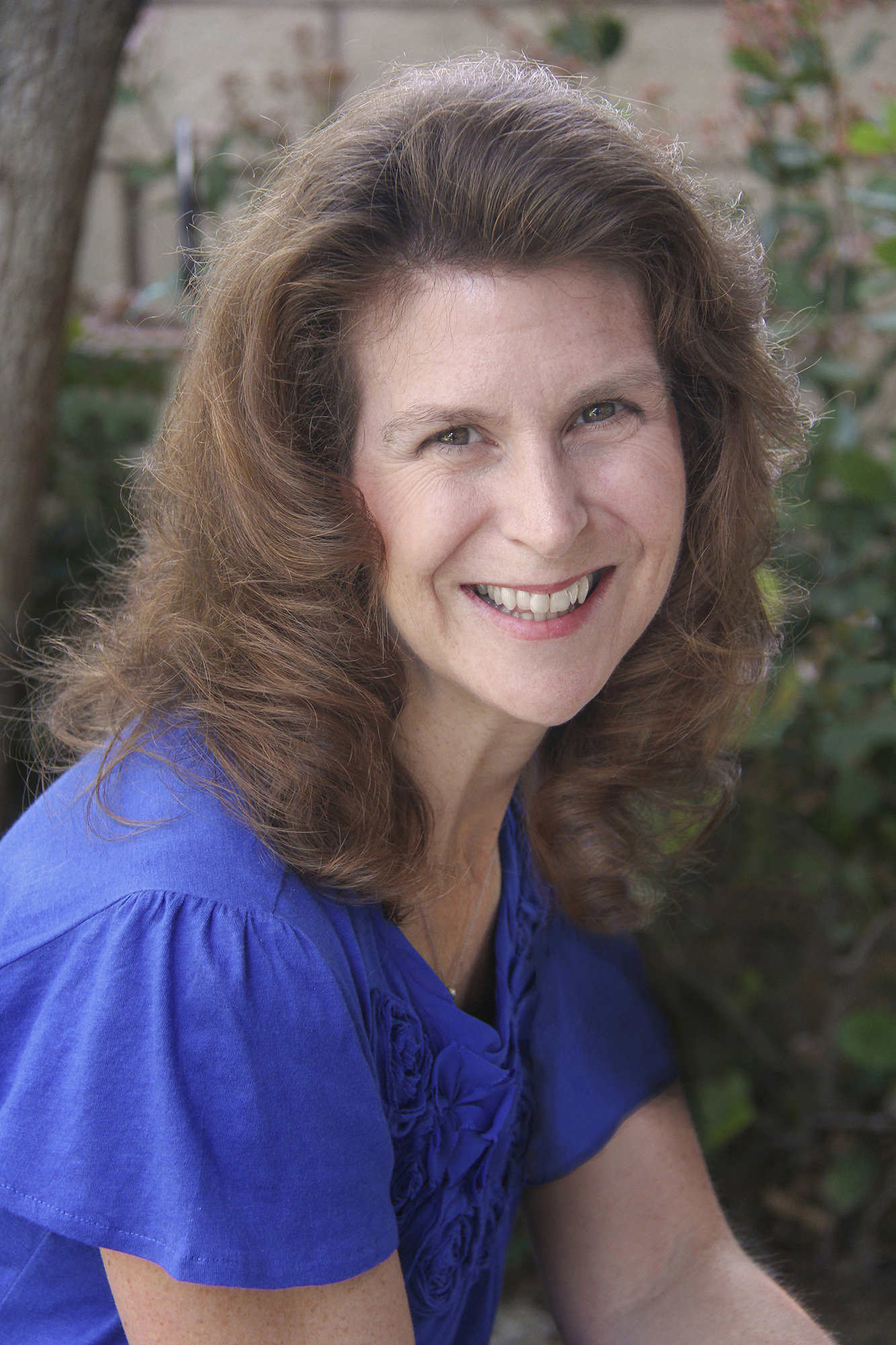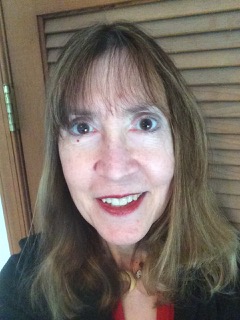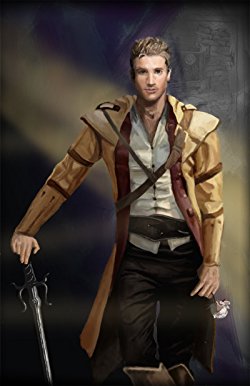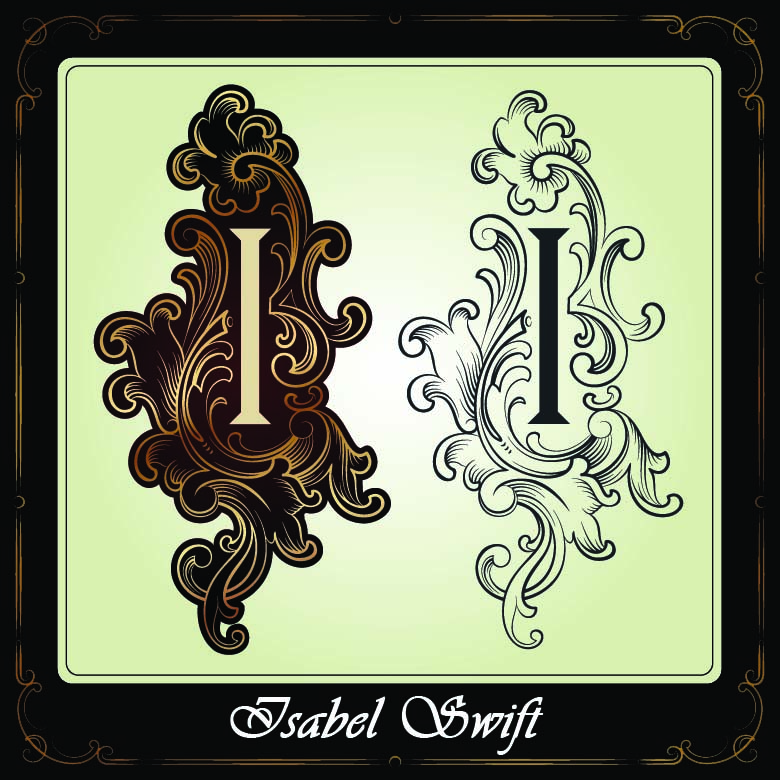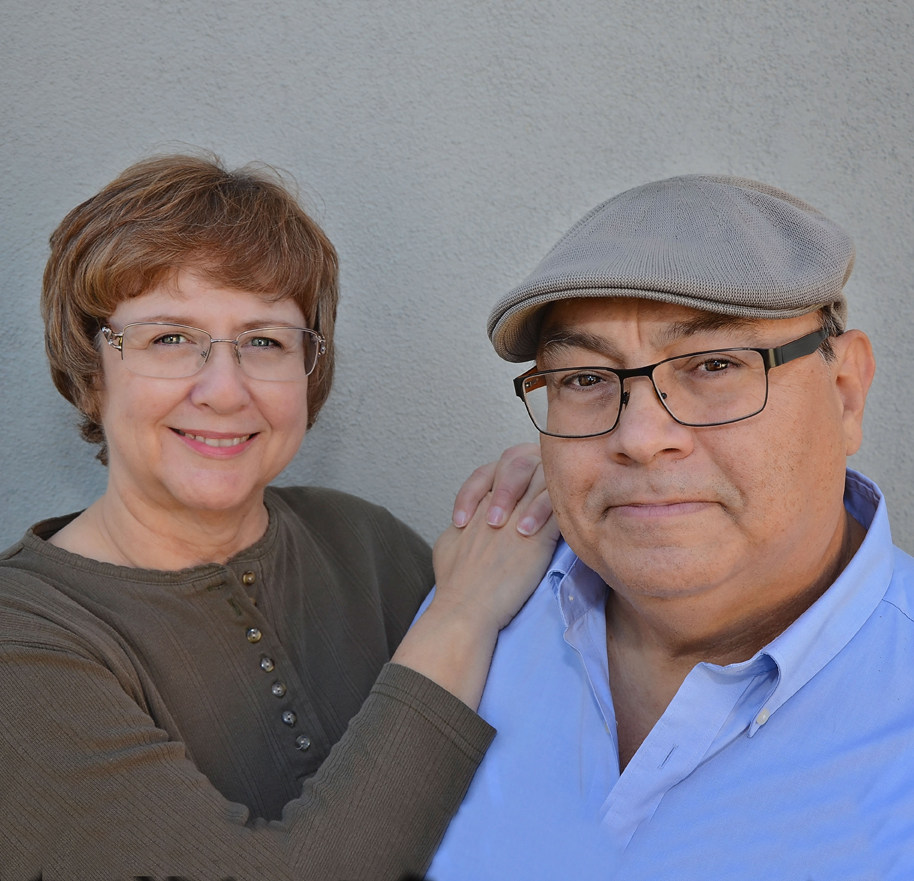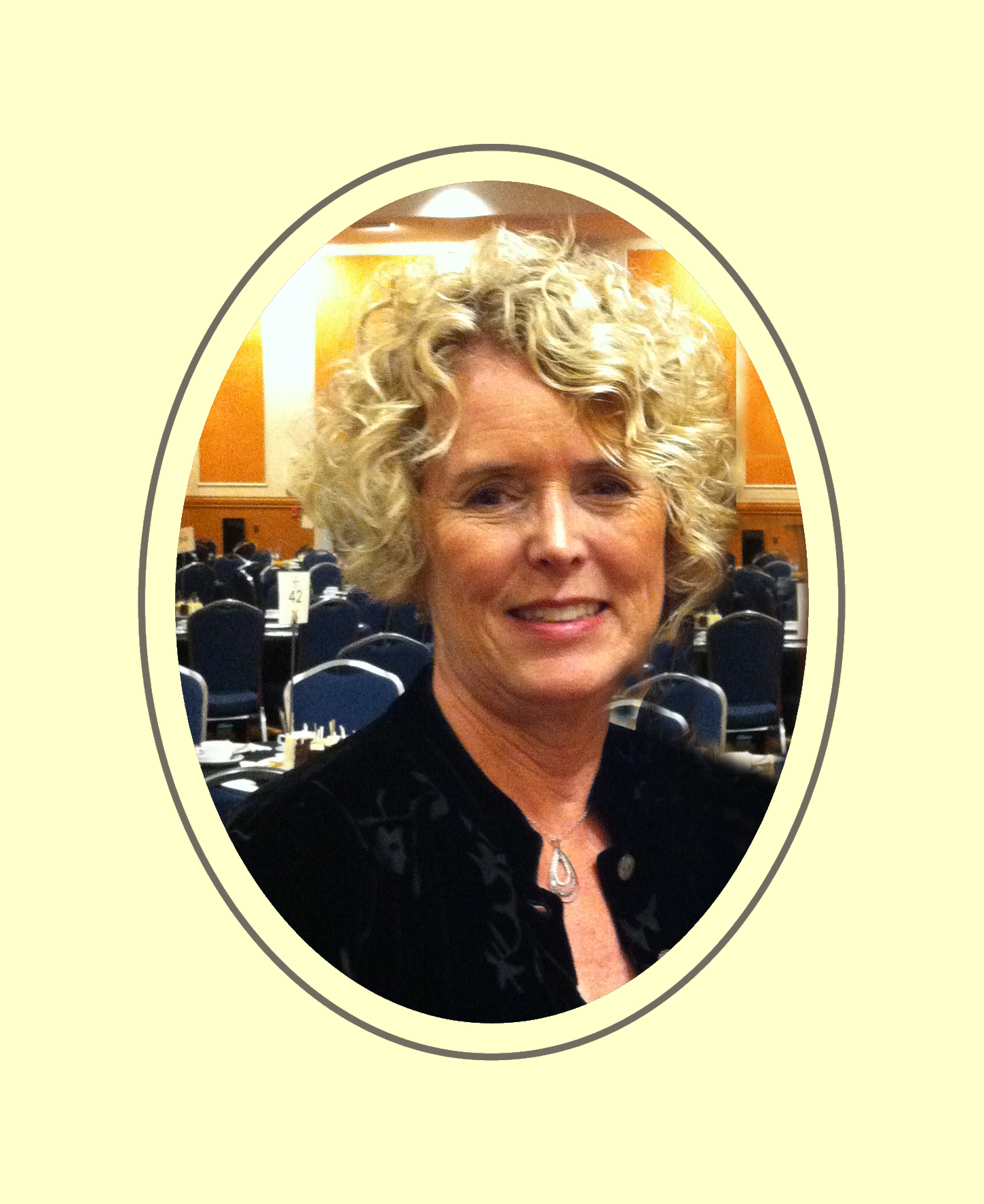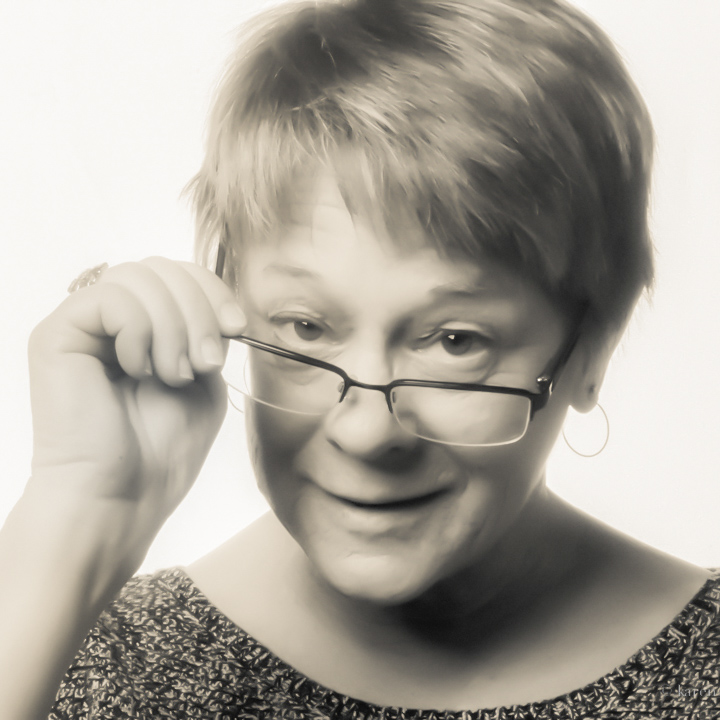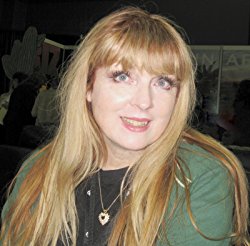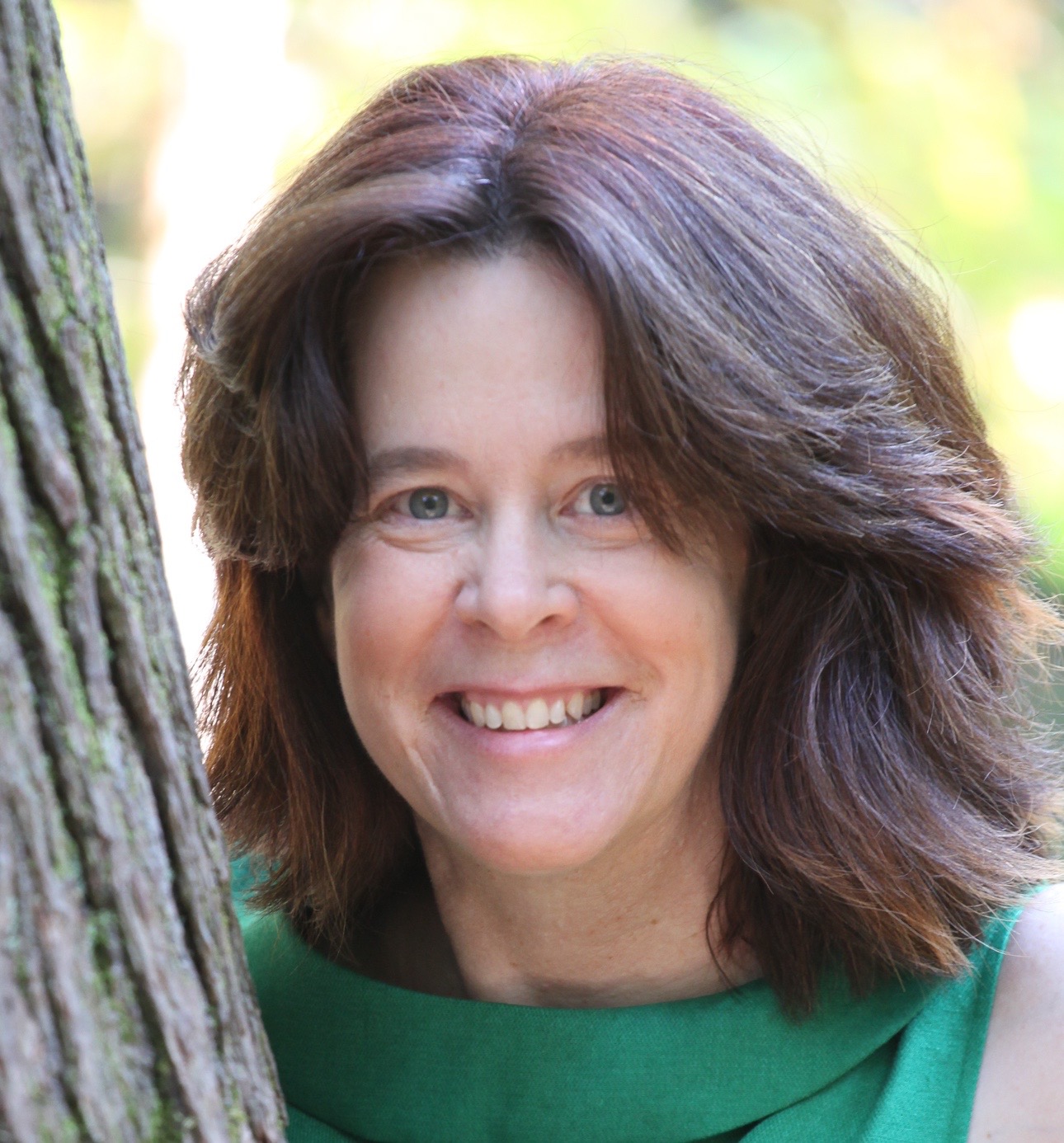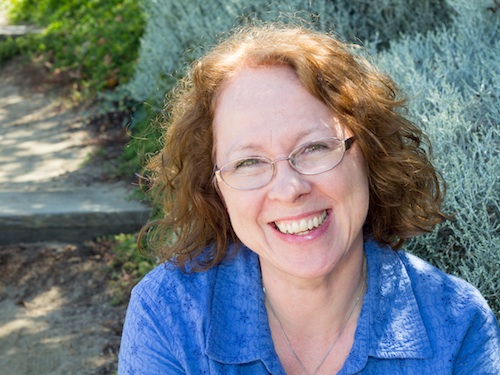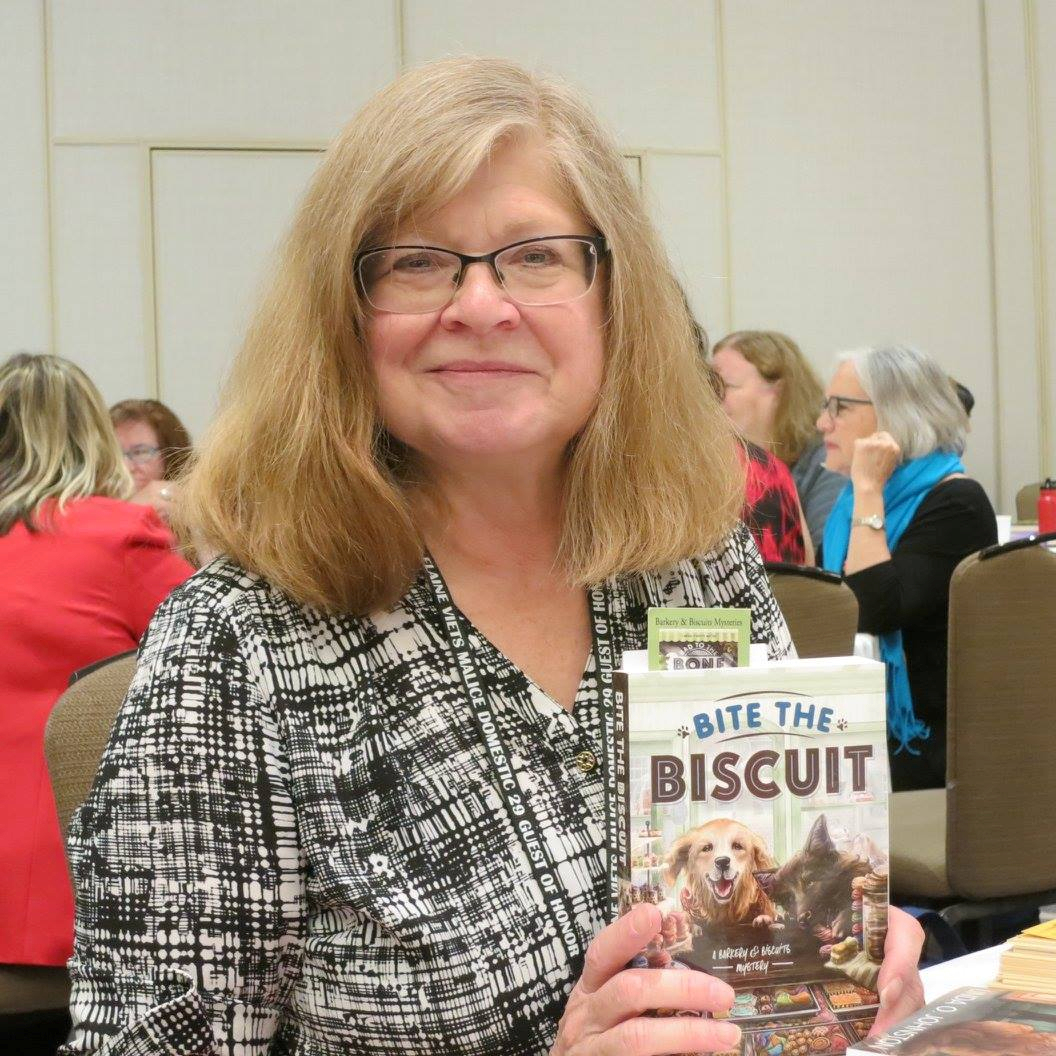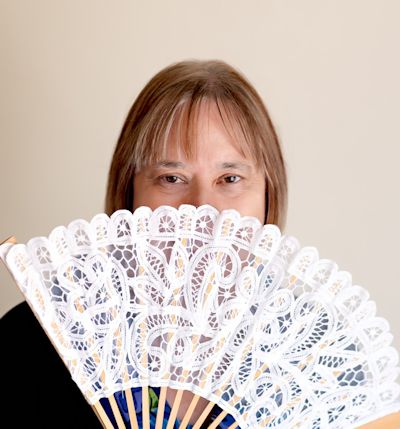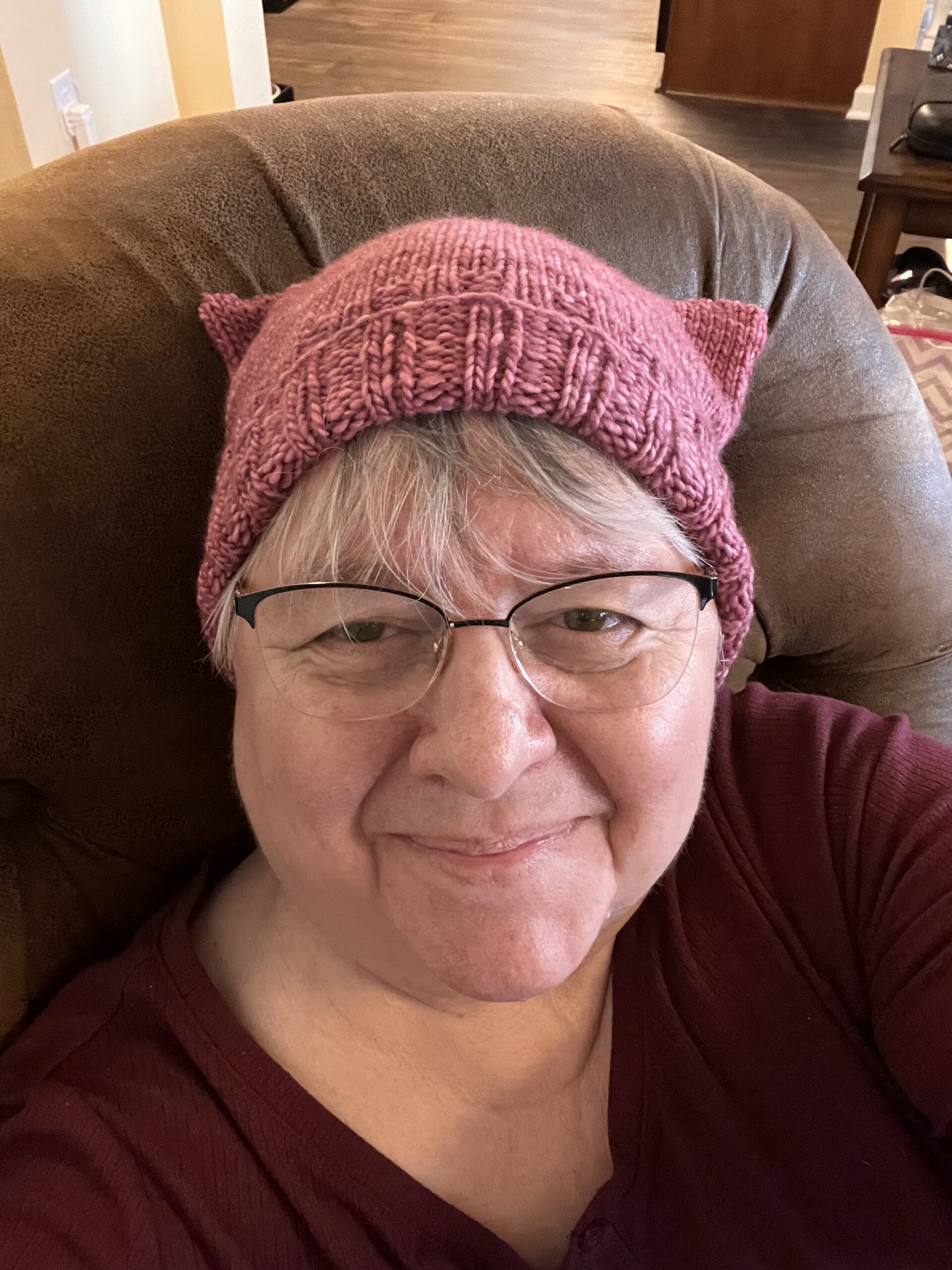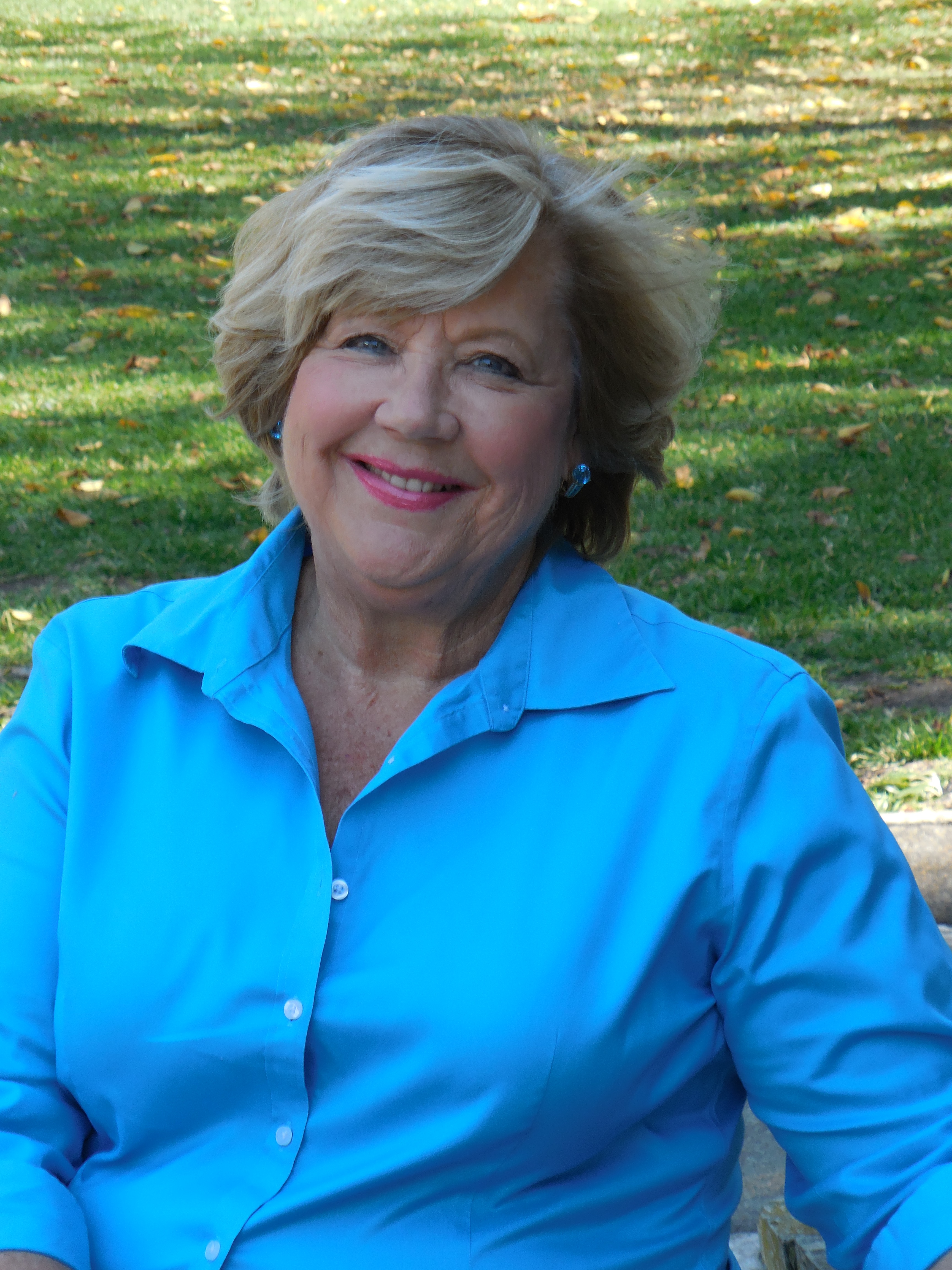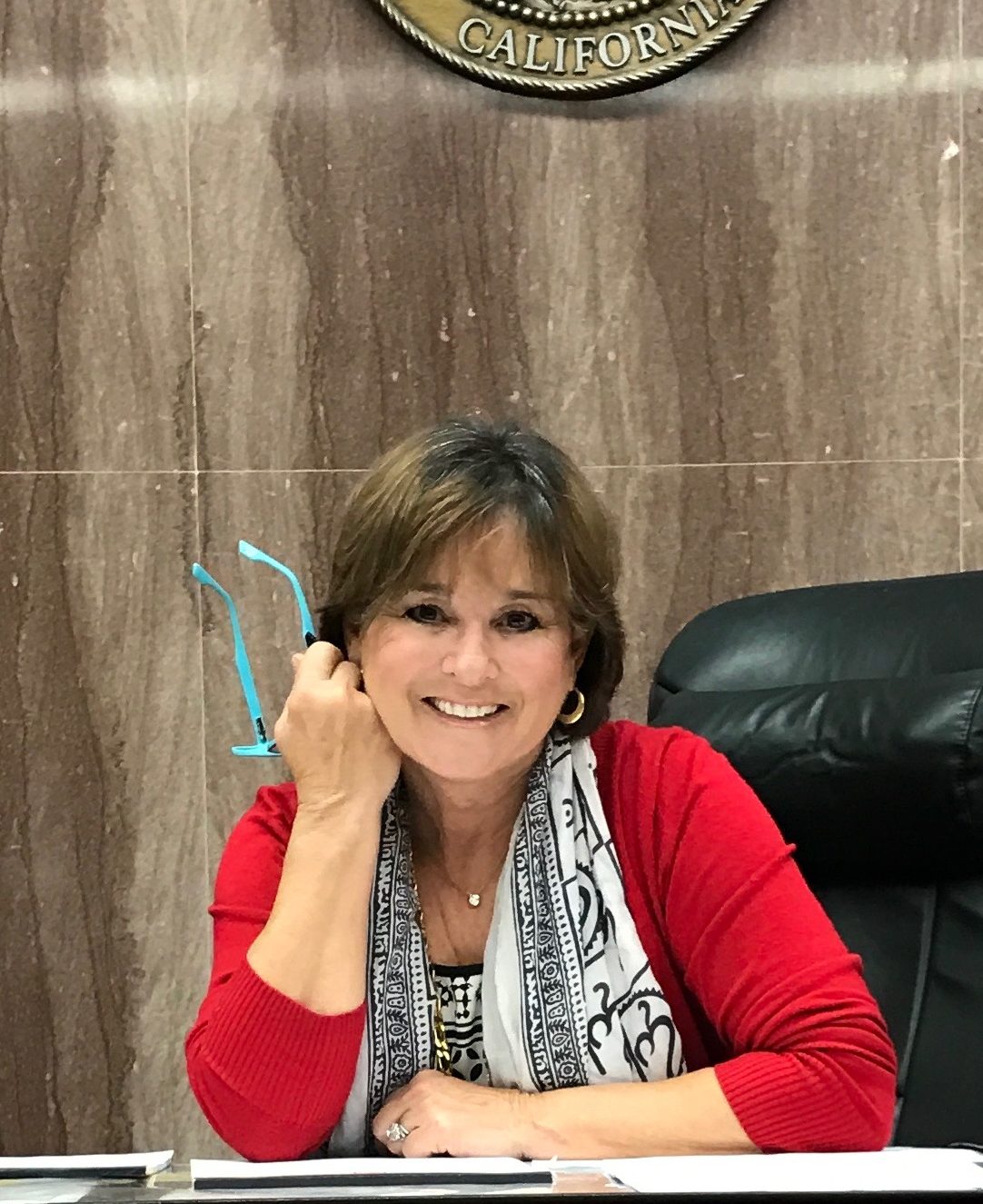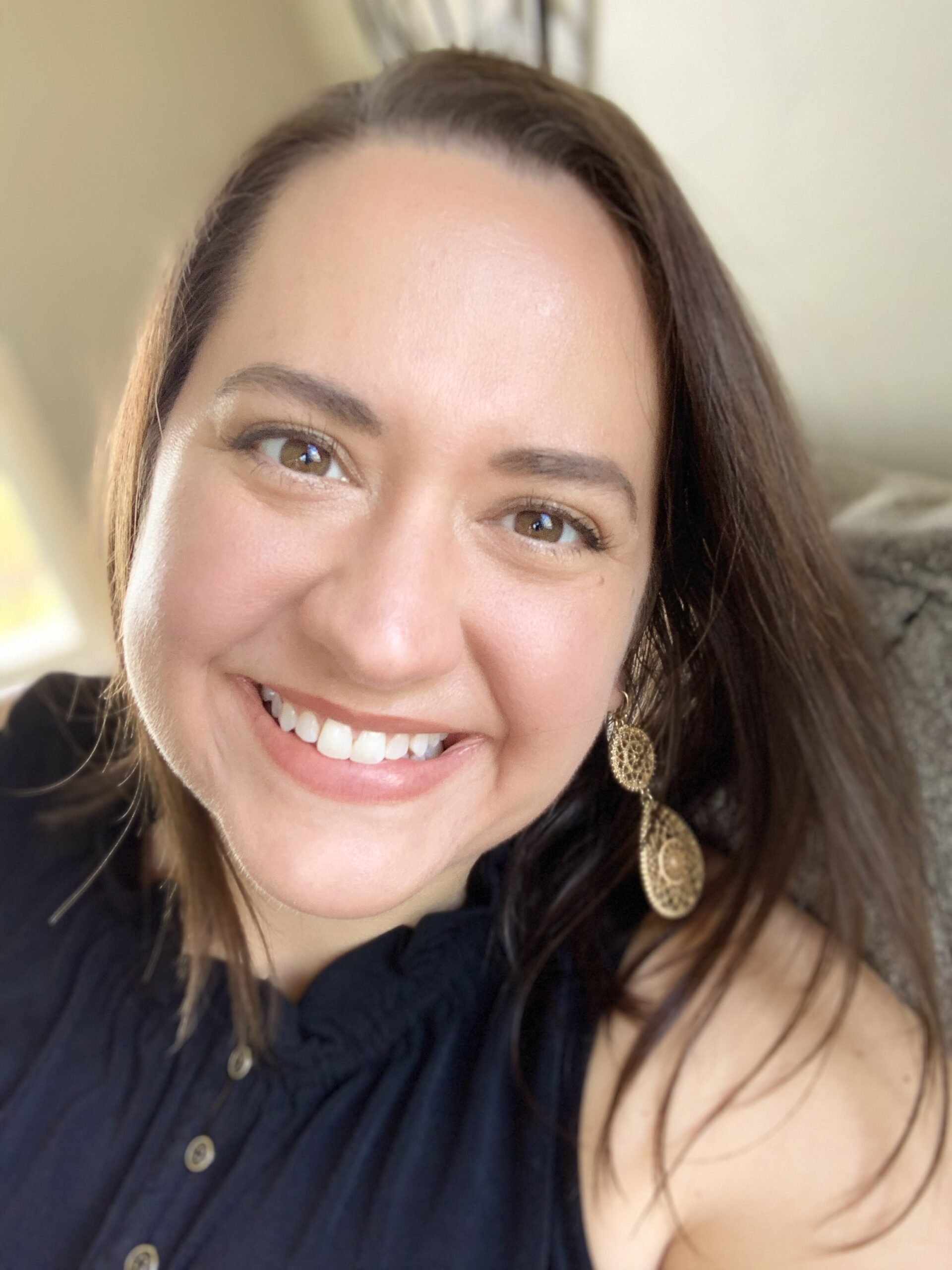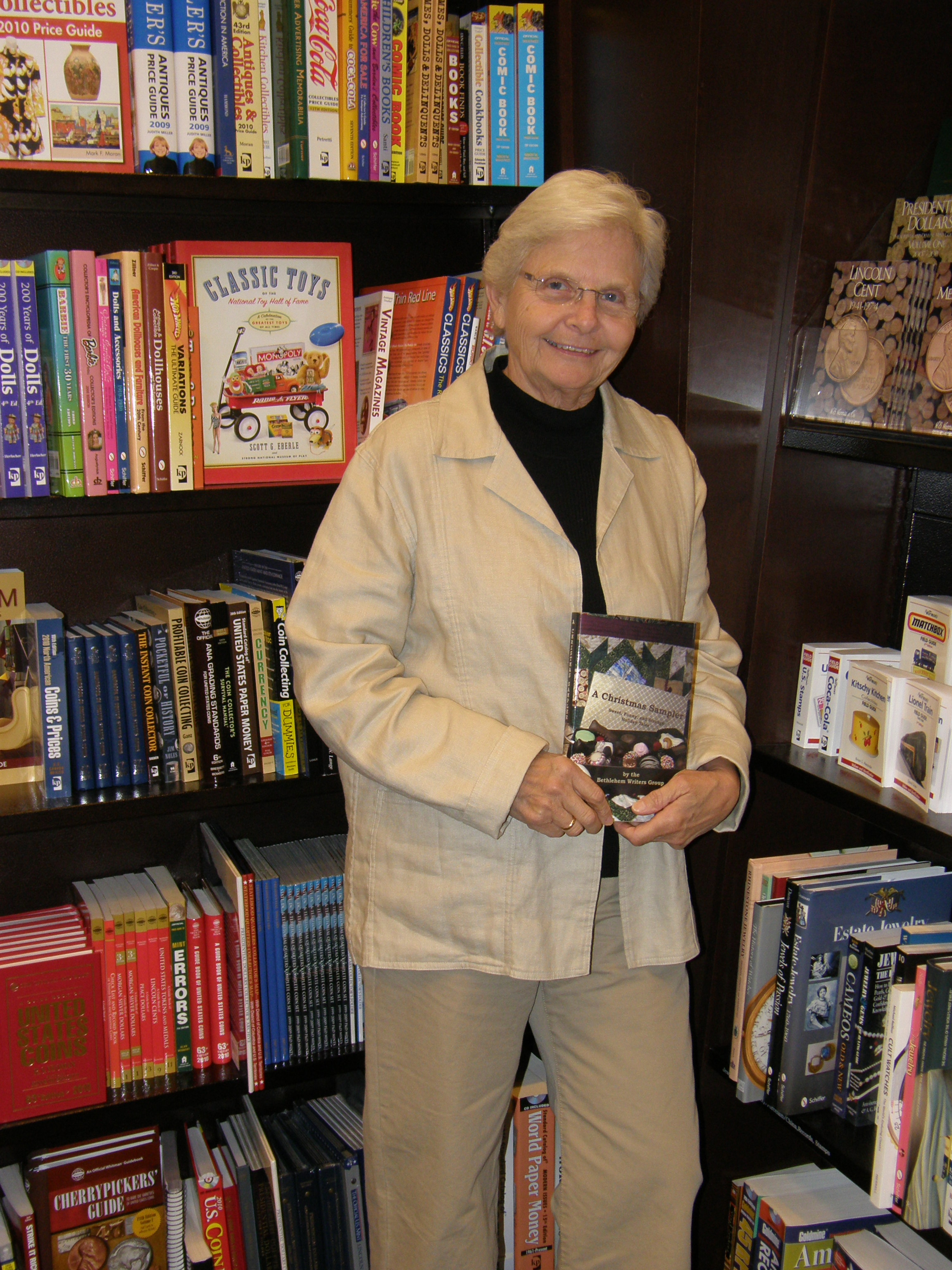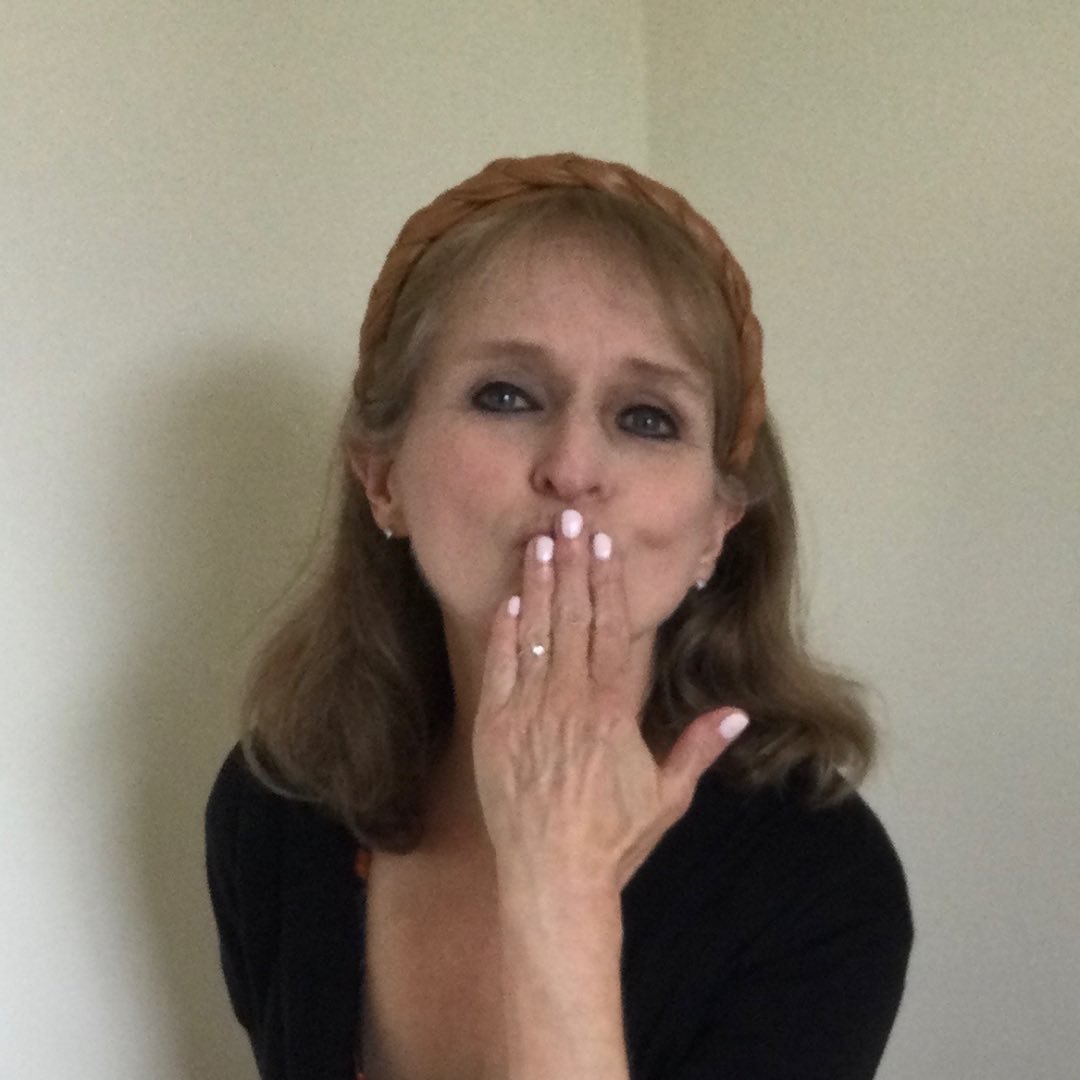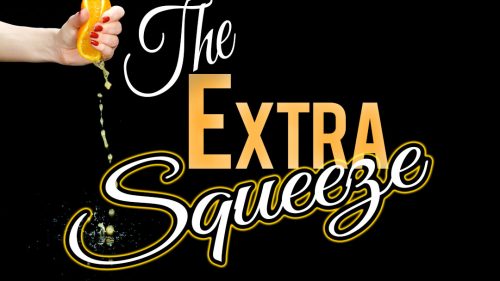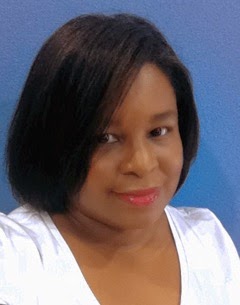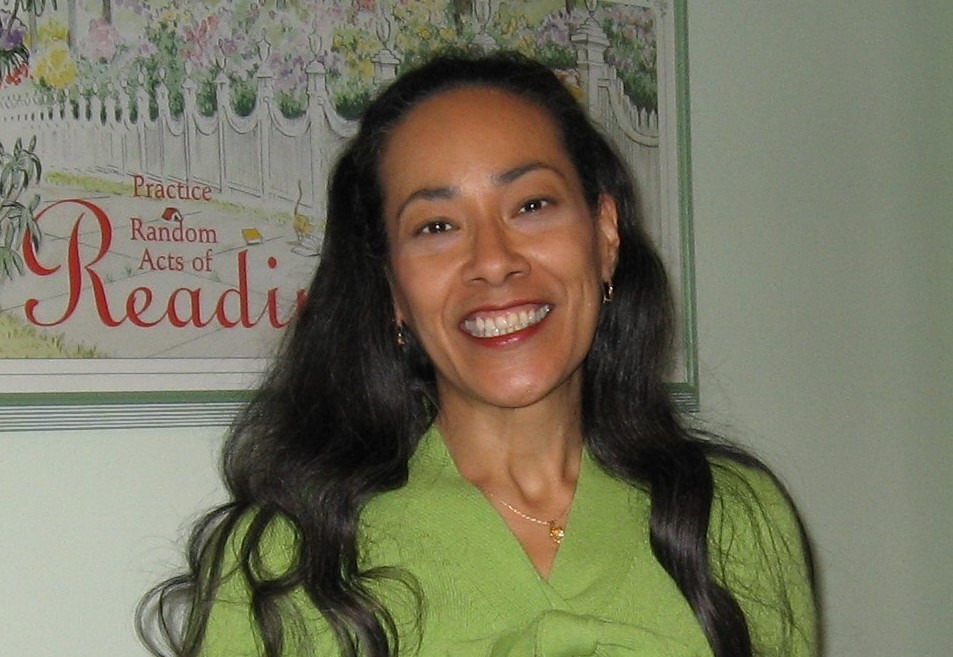Planning Your Writing AND Your Life in 2019 – by Kitty Bucholtz
September 9, 2018 by Kitty Bucholtz in category It's Worth It by Kitty Bucholtz, Writing tagged as It's Worth It, Kitty Bucholtz, organization, time management In July 2018, I interviewed bestselling author Susan May Warren on my podcast, WRITE NOW! Workshop Podcast, about her latest romantic suspense novel. We had a great time talking about all things writing, but we had to cut things short because there was so much to talk about! I brought her back in August to focus just on her classes and writing retreats and other tools for authors.
In July 2018, I interviewed bestselling author Susan May Warren on my podcast, WRITE NOW! Workshop Podcast, about her latest romantic suspense novel. We had a great time talking about all things writing, but we had to cut things short because there was so much to talk about! I brought her back in August to focus just on her classes and writing retreats and other tools for authors.
One of those tools has had me salivating ever since she told me about it. Susie May has been creating and tweaking and recreating and tweaking some more a personal planner to organize not just her writing life, but her whole entire life. And she’s offering it for sale to other writers. She calls it My Brilliant Writing Planner, and it’s available for pre-order now with a $20 discount through October 31, 2018.
Now, I have no skin in this game – Susie May doesn’t even know I’m writing this article yet – but you might know that I’ve been teaching time management courses for over ten years and I love a great planner! I’ve been using the ARC system from Staples for the last 21 months, and I really like it. But I have my time/calendar/planner in one ARC notebook, my writing notes in another ARC notebook, and other notes in other notebooks. Susie May’s planner puts a lot of that all together in one place.
Why? Well, when aren’t we thinking about our story and needing to jot down a few notes? Or in the middle of brainstorming and realizing we forgot to make some kind of plan for dinner? Or waking up in the morning trying to remember our new First Five (if you’ve taken my course) or other healthy habits we’re trying to incorporate into each day? Or wanting to capture a motivational or inspirational line to think about more later?
 My Brilliant Writing Planner puts all of this together in one place!
My Brilliant Writing Planner puts all of this together in one place!
Yes, that means it’s big. At 490 pages, this is not a little notebook you can shove in your purse. And maybe just the thought of having everything together in one place is both a relief and…a bit daunting. For me, my question before I buy almost anything is, “Am I really going to use it and get my money’s worth?” And I had to ask that question about this planner, no matter that a part of my brain really wanted it. (Magic bullet thinking, anyone?)
Looking over the great website for the planner, seeing examples of all the pages on the Samples page, and checking out the pages that Susie May had filled in for her life – that all helped me see how helpful this could be for me. But the real kicker was when I read that Susie May also created a course for this (over 7 hours of planning help!), showing us how she uses the Planner to “live with joy and get it all done.” The course is free when you pre-order the planner!
In one of the podcast interviews, she and I talked about how to schedule a writing life to be productive, but still enjoy our friends and family and a good night’s sleep. If I’ve learned anything from my recent collision with burnout, it’s that we can plan and time-manage ourselves into a breakdown. What I’m seeing as I look over the sample pages and read the text on the website is a tool created by a writer who knows the importance of prioritizing and saying no.
 We can’t do everything. But a good planner – this one, or something else that works better for you – can help us to keep our priorities front-of-mind. For me, I think that’s a key to having both a productive work life and a peaceful personal life.
We can’t do everything. But a good planner – this one, or something else that works better for you – can help us to keep our priorities front-of-mind. For me, I think that’s a key to having both a productive work life and a peaceful personal life.
I bought the planner five minutes after I got the email announcing that it was available. 😀 And I’ve already started the course. I figure it might help me finish out 2018 with a bang, but mostly I want 2019 to be my best year ever – and that’s going to require both planning (duh) and some hard questions. What will I continue doing in the next year, and what will I give up for now? What are my greatest strengths and how can I use them better next year? How can I hold myself accountable for the new healthy habits I’m developing?
For me, My Brilliant Writing Planner and the course that goes with it are going to be my most important tools, so I wanted to make sure you knew about them, too. Bring on 2019! 😀
0 0 Read morePressure Monster – by Kitty Bucholtz
August 9, 2018 by Kitty Bucholtz in category It's Worth It by Kitty Bucholtz tagged as burnout, It's Worth It, Kitty Bucholtz, the writing process, writing life If you read my June post, you know I’ve been struggling with burnout, and now also struggling to understand what it is and how to overcome it. In July, I talked about one of my favorite topics – hitting the Restart button. That seemed a timely topic in the middle of the year and in the middle of the burnout problem.
If you read my June post, you know I’ve been struggling with burnout, and now also struggling to understand what it is and how to overcome it. In July, I talked about one of my favorite topics – hitting the Restart button. That seemed a timely topic in the middle of the year and in the middle of the burnout problem.
Today I did some freewriting first thing in the morning to ask myself some questions. Mostly, and specifically, what do I like to write?
I was listening to Susan May Warren and Rachel Hauck in one of their free classes, I think the Dream Killers episode, and Rachel said you have to know what you like to write. Or what you like to write about. If you like writing blogs and articles and short stories, but hate writing 50,000-word novels, don’t write novels! If you love writing 100,000-word epic fantasy books but hate writing blogs, don’t write blogs!
And it made me wonder if the reason I rarely post to my blog is because I don’t actually like blogging, or if it’s something else. Maybe I don’t like having to create a super interesting and helpful piece for others that doesn’t resonate for me when I write it. (That would be weird if it were true because I love helping people!) Maybe I need to write blog posts that are more for me, things I find more interesting despite whether I think others will also find it interesting.
That may be part of it, but I really think it’s more the pressure I put on myself – create an interesting post that readers will love, or don’t bother writing anything at all. No wonder I’ve gotten it into my head that I don’t like blogging.
Funny, this is a very similar problem to the bigger one over the last several months when I was trying to decide if I still liked to write books. Then I went to RWA in July and I seemed to come alive during the writing sprints at the start and end of each day! I started writing on a book idea, Abra Cadaver, just for the fun of it with no idea when I would work it into my production schedule. I had a blast! And I wrote a ton! I already have an outline for a trilogy. 😀
So how can I find a similar burst of enthusiasm for blogging? Or how can I find out if I do or don’t enjoy blogging under the right circumstances? (And what are those magic circumstances?)
Are you struggling with not knowing if you even like to write? Blogs or books? In my mind, most writers are not struggling with this. This is my own personal problem that is a result of my own personal burnout. So my mind said this is a waste of time and energy and blogging space to even put it into words.
But what if I’m wrong and I’m not being self-centered and someone out there needs me to write this? Maybe you?
When I first woke up this morning, I read my Bible, Matthew 17. I was thinking about how interesting it was that Peter said, of course my master pays the temple tax, and then he walked back to where they were staying and before he could speak, Jesus brought up the subject in a roundabout way. But it’s Peter’s walk back that I was focused on.
What was Peter thinking? Was he thinking that he’d spoken too quickly again? Was he wondering if he was right, or maybe he’d answered the priest incorrectly? Was he trying to convince himself of one way of thinking or another? Was he building an argument to convince Jesus of a particular way of thinking?
And then Jesus not only asks him a question that directly gives Peter the answer to the question before Peter can even tell Jesus what happened, but we find out God is already providing for the physical need as well. Go fish, Jesus says, and in the first fish will be money enough to pay for your tax and mine.
Whoa.
I usually read that part and think, gross, gutting a fish would be so gross to me. But today I read it and thought, hey, that’s like God telling me to go write something or create a new set of ads for my books and the money that would come in would be the exact amount for some need I have.
That I could do!
This blog post is already too long, too long-winded, too personal, and I’m still not sure if I should post it because someone might find it helpful, or if I should relegate it to the private journaling area, forever hidden. (Burnout apparently brings out all my insecurities!)
See? It’s the pressure to create the perfect post, the one that is helpful, the right length, with content doesn’t annoy anyone if they don’t fit in the target audience.
The Pressure Monster is telling me to stop, don’t post this, don’t even write blog posts anymore. (Even though I have three blogs! All neglected, but important to me.) Heck, the Pressure Monster says, it would be far safer for you and far better for everyone else if you just stopped writing altogether.
I’m posting this anyway. Without taking time to find the perfect pictures to post with it, or try to create SEO-worthy subheadings. It’s my way to defeat the monster.
What is the Pressure Monster attacking you about? What are you not writing or not doing because the pressure to do it “right” is too much? Maybe some of it doesn’t need to be done or written at all! Maybe you’ll decide some of it is important enough to do even if you don’t do it “perfectly” this time.
Either choice can be a good one, so choose! I hope this post helps you defeat the Pressure Monster, too. 😀
4 0 Read moreThe Power of a Restart – by Kitty Bucholtz
July 9, 2018 by Kitty Bucholtz in category It's Worth It by Kitty Bucholtz, Writing tagged as Goal Setting, Kitty Bucholtz, time management, Writing Goals, writing life
Since it’s early July, I’ve been thinking about and talking about and podcasting about hitting the Restart button. How have we been getting on with the writing goals we decided upon six months ago?
I know that I am way off from what I expected. Moving to another country will do that to you! So I’ve been thinking about how I want to adjust the year to finish with strong, achievable goals. I did a live broadcast presentation for the Yosemite Romance Writers in May, and decided to use the recording for a mid-year podcast. Here’s the link to the audio, and here’s the embedded video.
Right after I posted that episode, it occurred to me that it might be a good time for a personal goal review as well. When I started thinking about that for myself, I realized I had some changes to make in my life if I wanted to accomplish my new/biggest goal for the year – recovering from burnout.
Here is the link to the audio. And here is the video with my self-discovery. 😉
I’ve been getting a lot of feedback from people about the episodes where I’ve talked about my firsthand experience with burnout. (Here’s the embarrassingly honest look at my journey in audio and in video.) Now that I see how much it affects other people as well, I’m going to bring on more guests to talk about how to recover and how to avoid it. I hope my willingness to talk about both burnout and restarting helps others – you included! 😀
0 0 Read moreFollow the Cheerios – by Kitty Bucholtz
June 9, 2018 by Kitty Bucholtz in category It's Worth It by Kitty Bucholtz tagged as It's Worth It, Kitty Bucholtz I’ve really been struggling the last few months to understand where I am in my career and in my life. We have moved so much over the last twelve years, in and out of other countries, back into the United States and then away again, that I feel like a child who’s been spinning around – laughing at first and loving the dizziness, and then eventually falling down, nauseous and in tears.
I’ve really been struggling the last few months to understand where I am in my career and in my life. We have moved so much over the last twelve years, in and out of other countries, back into the United States and then away again, that I feel like a child who’s been spinning around – laughing at first and loving the dizziness, and then eventually falling down, nauseous and in tears.
Even though I’ve been a full-time writer since the beginning of 2006 – meaning, I didn’t have an additional/outside job – I’ve only published eight titles. Of that, only three are full-length (75,000, 85,000, and 100,000 words). Three are 10,000-15,000 word “short stories,” one is a 45,000-word short novel, and one is a boxed set. I tend to be quite good at not comparing myself to others – except when I find myself sitting on the floor, nauseous and in tears.
I was super excited to move to Sweden eight weeks ago, so I’m not feeling sad because I didn’t want to move here. But I haven’t had the energy or emotional stamina to do anything. The last couple weeks I’ve decided to apply all my energies to figuring out the problem and fixing it. Eventually it occurred to me to Google “burnout” and see if that was at all close to how I was feeling. It wasn’t close.
It was spot on. (See this article from Psychology Today.)
So now my energies are directed toward healing and recovery. It’s interesting to me how emotional burnout is. I thought it was just something that made you feel drained in the area of your work, and that made you physically tired and needing a rest. I hadn’t realized it could make you feel emotionally empty.
Now that I’ve been able to narrow down the problem, I’ve read all kinds of things that I think might help. Some articles are directed toward rest and light exercise, some are about nutrition, some focus more on the depression aspect and how to get past that, some are on healing the spiritual and so finding the other areas healed as you move forward. (Here’s a followup article from Psychology Today on overcoming burnout.)
But what do I do as I’m pursuing healing, before I’ve actually found it? I got an idea a few days ago from one of my all-time favorite films.
Monsters, Inc.
Near the beginning, when Sully and Mike are hiding Boo and trying to figure out how to get her back to her own world without getting caught, they are all in Sully’s apartment with Boo coloring on the floor. She starts doing that toddler thing, rubbing her eyes, trying to stay awake, eyes drooping. And Sully gets her to follow him to his room by laying down a trail of Cheerios.
This always makes me laugh! He treats her like a puppy, making a food trail for her to follow and then making a pile of newspapers in the corner for her to sleep on.
And Boo follows him, eating one Cheerio at a time on the path. All goes well until she sees Sully’s big, comfortable bed. Then she leaves the Cheerios trail and climbs up under the covers.
Apparently, Cheerios are the modern-day bread crumbs. 😉
Watching this scene again – I found it and embedded the video here – made me feel like that was something I could do right now. Follow the Cheerios path. One Cheerio at a time. At least until the trail gets to a place where I finally feel like I see something I want.
Right now, I honestly feel like I have no idea what I want or what I like, let alone what I love and want to do for the next ten or twenty years. Am I still a writer? Do I still love it? Or even like it? I don’t know. Apparently, this is how burnout feels.
I don’t have any answers to my problems and challenges yet, but at least I can laugh about the one thing I can do right now: look for Cheerios.
I found a Cheerio when one of my readers told me not to give up on my writing. I got another one when a friend repeated the sentiment. Another Cheerio came in the form of a new friend who loves my new chick lit series idea. Interesting how all the Cheerios I’ve found so far are leading me along the writing path. 😉
What about you? What do you need direction in? Where can you look for Cheerios, for someone cheering you on in one direction or another? Or have you had a negative reaction to something – “Oh, I don’t like that” or “I definitely don’t want to do that”? Those could be Cheerios leading you away from the path that is not going to work for you right now. Only you can know, and it might take you some time and some contemplation. Take the time. It’s worth it.
Follow the Cheerios! 😀
2 0 Read moreKitty Bucholtz May Featured Author
May 28, 2018 by Kitty Bucholtz in category Featured Author of the Month tagged as Kitty Bucholtz, romantic comedy, superheroesThe Featured Author of the Month is Kitty Bucholtz.
Kitty grew up in Northern Michigan, so naturally she uses that area as the setting for most of her stories. She went to college in Traverse City, met and married the love of her life, and waved goodbye to everything she knew when she and her husband John struck out for parts unknown.
Their adventures included going back to school, changing careers, and traveling Down Under. They spent three years in Sydney, Australia, where Kitty earned her Master of Arts in Creative Writing degree from University of Technology, Sydney, while John made a penguin named Mumble dance. Only God knows where they’ll wind up next – but they’re pretty sure it will be another cool chapter in their adventure!
Kitty decided to combine her undergraduate degree in business, her years of experience in accounting and finance, and her graduate degree in creative writing to become a writer-turned-independent-publisher. She writes romantic comedy and superhero urban fantasy, often with an inspirational element woven in. She loves to teach and offer advice to writers through her WRITE NOW! Workshop courses and the new WRITE NOW! Workshop Podcast.
For more information on Kitty, please visit her website http://kittybucholtz.com/
Affiliate Links
A Slice of Orange is an affiliate with some of the booksellers listed on this website, including Barnes & Nobel, Books A Million, iBooks, Kobo, and Smashwords. This means A Slice of Orange may earn a small advertising fee from sales made through the links used on this website. There are reminders of these affiliate links on the pages for individual books.
Search A Slice of Orange
Find a Column
Archives
Featured Books
To L. A. With Love Volume 1
When wildfires damaged two beloved Los Angeles public libraries in January 2025, the romance community answered with heart.
More info →IT’S COMPLICATED
Ashton Locke has had a thing for Keiko Jarrett since college.
More info →THE SCRIBE OF SIENA
The captivating story of a brilliant woman's passionate affair with a time and a place . . .
More info →RESCUED BY A RANCHER
What Happens When A Texas Sweetheart Is Born With A Silver Spoon? She Stirs Up Trouble In Hope Valley!
More info →Newsletter
Contributing Authors
Search A Slice of Orange
Find a Column
Archives
Authors in the Bookstore
- A. E. Decker
- A. J. Scudiere
- A.J. Sidransky
- A.M. Roark
- Abby Collette
- Alanna Lucus
- Albert Marrin
- Alice Duncan
- Alina K. Field
- Alison Green Myers
- Andi Lawrencovna
- Andrew C Raiford
- Angela Pryce
- Aviva Vaughn
- Barbara Ankrum
- Bethlehem Writers Group, LLC
- Carol L. Wright
- Celeste Barclay
- Christina Alexandra
- Christopher D. Ochs
- Claire Davon
- Claire Naden
- Courtnee Turner Hoyle
- Courtney Annicchiarico
- D. Lieber
- Daniel V. Meier Jr.
- Debra Dixon
- Debra H. Goldstein
- Debra Holland
- Dee Ann Palmer
- Denise M. Colby
- Diane Benefiel
- Diane Sismour
- Dianna Sinovic
- DT Krippene
- E.B. Dawson
- Emilie Dallaire
- Emily Brightwell
- Emily PW Murphy
- Fae Rowen
- Faith L. Justice
- Frances Amati
- Geralyn Corcillo
- Glynnis Campbell
- Greg Jolley
- H. O. Charles
- Jaclyn Roché
- Jacqueline Diamond
- Janet Lynn and Will Zeilinger
- Jaya Mehta
- Jeannine Atkins
- Jeff Baird
- Jenna Barwin
- Jenne Kern
- Jennifer D. Bokal
- Jennifer Lyon
- Jerome W. McFadden
- Jill Piscitello
- Jina Bacarr
- Jo A. Hiestand
- Jodi Bogert
- Jolina Petersheim
- Jonathan Maberry
- Joy Allyson
- Judy Duarte
- Justin Murphy
- Justine Davis
- Kat Martin
- Kidd Wadsworth
- Kitty Bucholtz
- Kristy Tate
- Larry Deibert
- Larry Hamilton
- Laura Drake
- Laurie Stevens
- Leslie Knowles
- Li-Ying Lundquist
- Linda Carroll-Bradd
- Linda Lappin
- Linda McLaughlin
- Linda O. Johnston
- Lisa Preston
- Lolo Paige
- Loran Holt
- Lynette M. Burrows
- Lyssa Kay Adams
- Madeline Ash
- Margarita Engle
- Marguerite Quantaine
- Marianne H. Donley
- Mary Castillo
- Maureen Klovers
- Megan Haskell
- Melanie Waterbury
- Melisa Rivero
- Melissa Chambers
- Melodie Winawer
- Meriam Wilhelm
- Mikel J. Wilson
- Mindy Neff
- Monica McCabe
- Nancy Brashear
- Neetu Malik
- Nikki Prince
- Once Upon Anthologies
- Paula Gail Benson
- Penny Reid
- Peter J Barbour
- Priscilla Oliveras
- R. H. Kohno
- Rachel Hailey
- Ralph Hieb
- Ramcy Diek
- Ransom Stephens
- Rebecca Forster
- Renae Wrich
- Roxy Matthews
- Ryder Hunte Clancy
- Sally Paradysz
- Sheila Colón-Bagley
- Simone de Muñoz
- Sophie Barnes
- Susan Kaye Quinn
- Susan Lynn Meyer
- Susan Squires
- T. D. Fox
- Tara C. Allred
- Tara Lain
- Tari Lynn Jewett
- Terri Osburn
- Tracy Reed
- Vera Jane Cook
- Vicki Crum
- Writing Something Romantic
Affiliate Links
A Slice of Orange is an affiliate with some of the booksellers listed on this website, including Barnes & Nobel, Books A Million, iBooks, Kobo, and Smashwords. This means A Slice of Orange may earn a small advertising fee from sales made through the links used on this website. There are reminders of these affiliate links on the pages for individual books.
